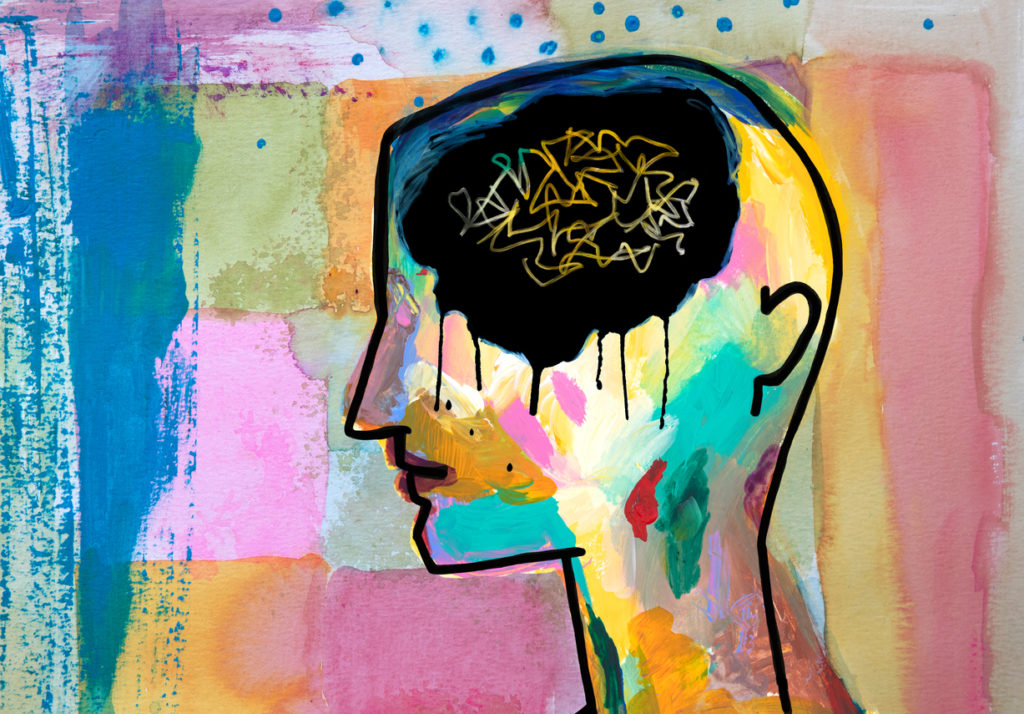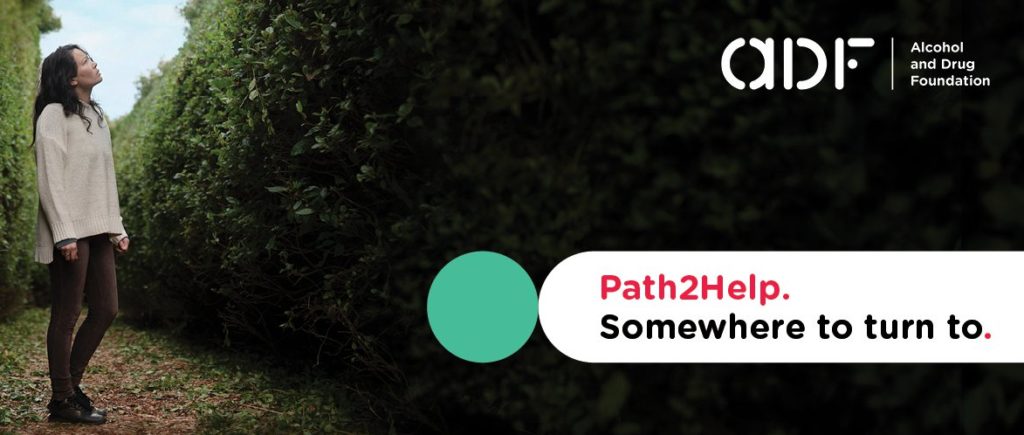A new treatment for indigenous people with mental illness in remote communities has been developed. The study hypothesis is that this new treatment will result in better outcomes for clients and carers than the outcomes of clients and carers who do not receive the treatment. The treatment is a combination of a talking treatment and sharing of stories about mental health. The treatment will be delivered to the client with their chosen carer and with the local Aboriginal Mental Health Worker or Health Worker. The treatment will be given by the research team – a psychiatrist and an indigenous research officer. The trial will compare two groups of clients – a control group which is receiving ‘treatment as usual’, and the group which receives the new treatment. Measures of social functioning and symptoms of mental illness will be administered at base line and every six months for two years.
Official Title
Relapse Prevention Trial in Top End Aboriginal People With Chronic Mental Illness.
Conditions
- Schizophrenia
- Schizoaffective Disorder
- Psychoses, Substance Induced
- Depression
- Bipolar Disorder
Study Type
Interventional
Study Design
Other, Randomised, Open Label, Active Control, Crossover Assignment, Efficacy Study.
Further Details
Primary Outcome Measures:
- Health of Nations Outcome Scale (HONOS)
[Time Frame: Baseline, 6 months, 12 months, 18 months]
Secondary Outcome Measures:
- Life Skills Profile 16 (LSP)
[Time Frame: Baseline, 6 months, 12 months, 18 months] - Severity of Dependence Scale (SDS)
[Time Frame: Baseline, 6 months, 12 months, 18 months] - Kessler 10 – client and carer
[Time Frame: Baseline, 6 months, 12 months, 18 months] - Partners in Health Scale (PIH) – modified
[Time Frame: Baseline, 6 months, 12 months, 18 months] - Semi structured interview with carer and client and Aboriginal Mental Health Worker
[Time Frame: Baseline, 6 months, 12 months, 18 months]
Study Start
July 2005
Eligibility & Criteria
- Ages Eligible for Study: 18 years and older
- Genders Eligible for Study: Both
- Accepts Healthy Volunteers: No
Inclusion Criteria:
- Participants will be recruited by Aboriginal Mental Health Workers – or nominated by mental health staff or the General Practitioner. The treating doctors or local mental health team will be notified of the nomination in each case and, if they have no concerns, the Aboriginal Mental Health Worker will arrange the information and consent session with the research team.
- The participants will be clients who have a primary chronic mental illness, are aged over 18 years, are able to give informed consent, and are current clients.
- The diagnoses for inclusion are Schizophrenia, Delusional disorder, Schizoaffective disorder, Drug-induced psychosis, Non-specific psychoses, and Affective disorders.
- The criteria for chronicity for the purposes of the project are defined by two or more episodes of illness severe enough to require medical intervention and treatment.
- The carer will be identified by discussion between the client and the Aboriginal Mental Health Worker or Health Worker.
Exclusion Criteria:
- People aged less than 18 years, and people with known Intellectual disability or organic brain disorders will be excluded.
- People with illnesses which have not recurred, or which are not likely to recur will be excluded.
Total Enrolment
90
Contact Details
Menzies School of Health Research
Darwin, Northern Territory
Australia, 0810
All content and media on the HealthEngine Blog is created and published online for informational purposes only. It is not intended to be a substitute for professional medical advice and should not be relied on as health or personal advice. Always seek the guidance of your doctor or other qualified health professional with any questions you may have regarding your health or a medical condition. Never disregard the advice of a medical professional, or delay in seeking it because of something you have read on this Website. If you think you may have a medical emergency, call your doctor, go to the nearest hospital emergency department, or call the emergency services immediately.







